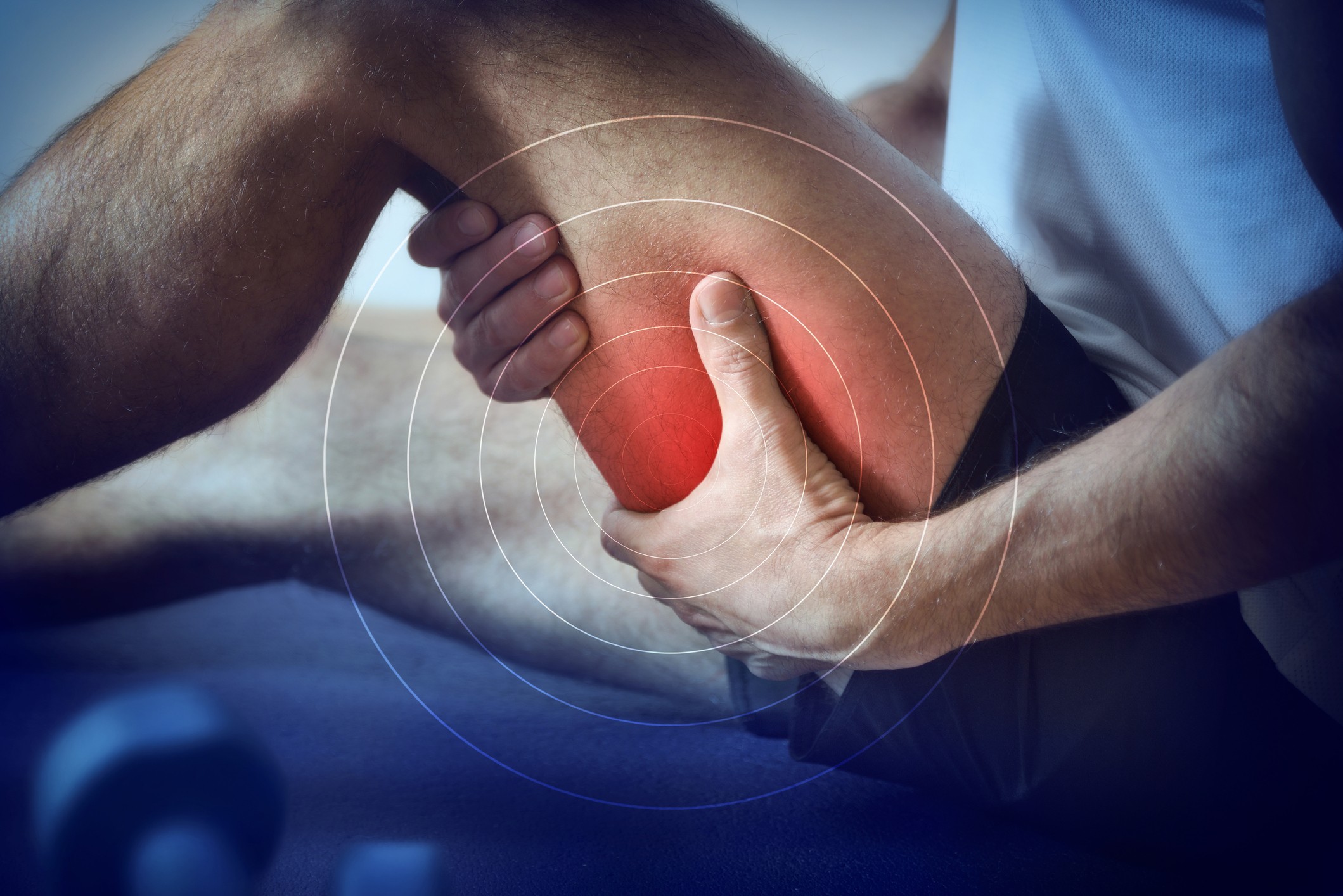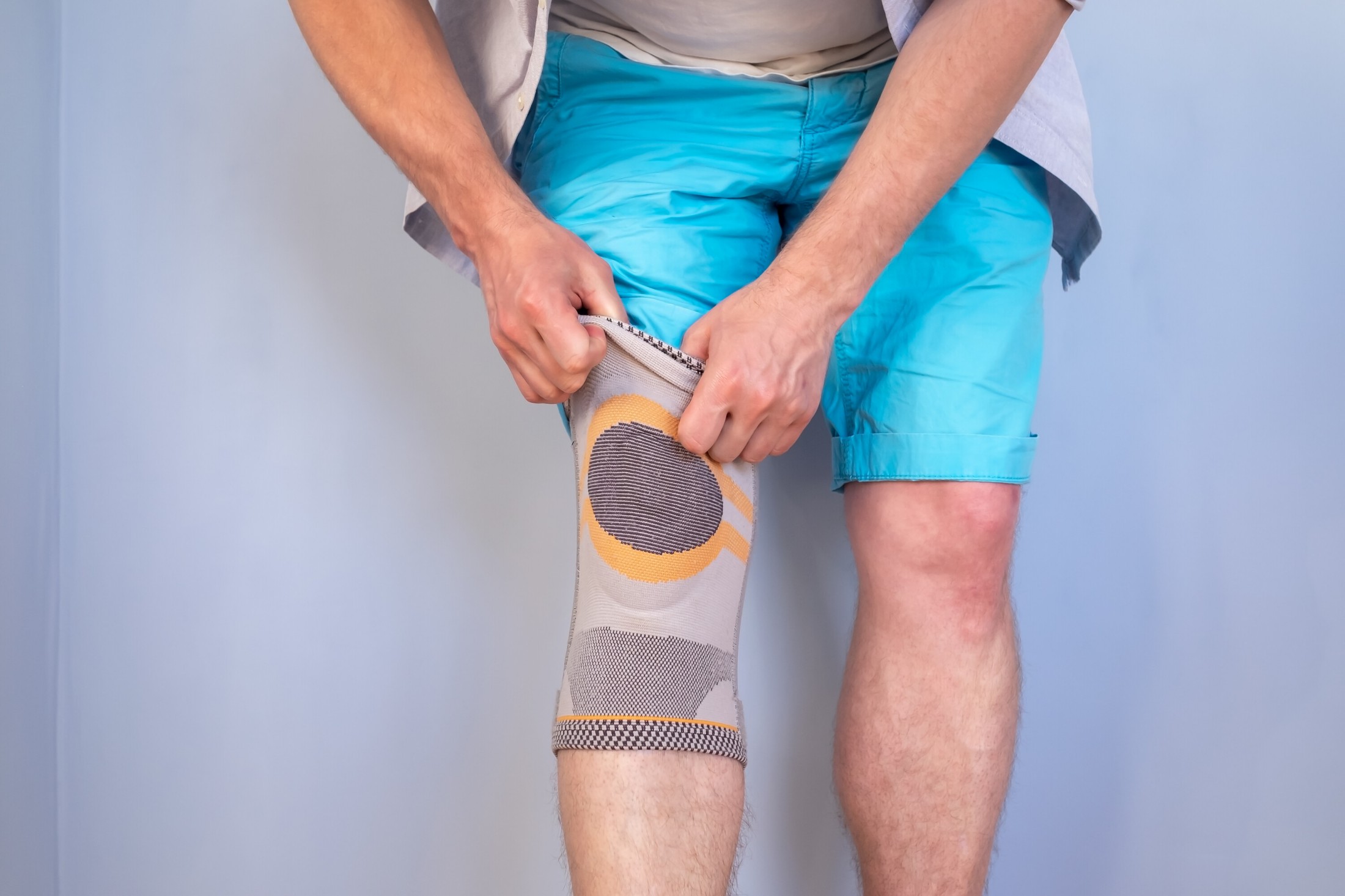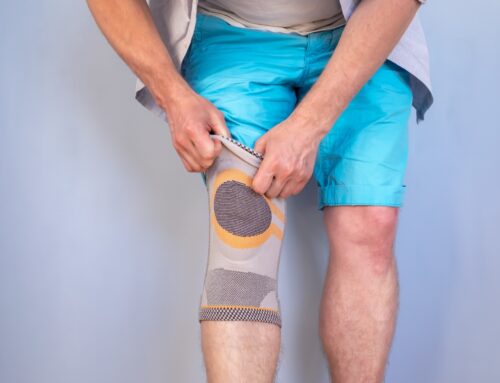Caring for your custom shoe inserts (orthotic insoles) is important to keep them effective and your feet comfortable and supported. These inserts provide valuable support and cushioning for various foot conditions.
Without proper care, you might experience discomfort, reduced performance, and the need for frequent replacements. By adopting a few straightforward maintenance practices, you can extend the life of your shoe inserts and continue to enjoy their benefits.
Why Care for Your Shoe Inserts?
Proper care and regular maintenance of your shoe inserts ensure the longevity of the insoles, but they also help maintain your overall foot health.
Regular maintenance helps in preventing the buildup of dirt, sweat, and bacteria on your shoe inserts. This can significantly reduce the risk of infections and unpleasant odors. Consistent cleaning and inspection also allow you to identify early signs of wear and tear, enabling timely replacements and preventing further damage.
Benefits of Well-Maintained Shoe Inserts for Foot Health
Well-maintained orthotic insoles offer enhanced comfort and support, reducing the strain on your feet, ankles, and knees. This is particularly important for individuals with foot conditions such as plantar fasciitis, flat feet, or arthritis. Consistently taking care of your shoe inserts ensures they continue to perform effectively, maintaining their structural integrity and providing the necessary cushioning and support.
Proper maintenance also helps prevent common foot issues such as blisters, calluses, and athlete’s foot. Clean and well-kept insoles support proper alignment, which can alleviate pain and prevent long-term foot and leg problems. Additionally, taking care of your shoe insoles extends their lifespan, saving you money on frequent replacements. This is especially beneficial for those who use custom-made insoles, which can be a significant investment.
Daily Maintenance Tips
To keep your shoe inserts in optimal condition, it’s important to incorporate daily maintenance into your routine.
Cleaning Your Shoe Inserts
- Use Mild Soap and Water
- Gently clean your shoe inserts using a mild soap and water solution. This helps remove dirt, sweat, and bacteria without damaging the material.
- Use a soft brush or cloth to scrub the insoles lightly, ensuring you cover all areas.
- Avoid Soaking
- Do not soak your shoe insoles in water. Excessive moisture can weaken the materials and reduce the effectiveness.
- Instead, wipe them down with a damp cloth and ensure they are thoroughly cleaned.
Drying Your Shoe Inserts
- Air Dry Only
- Always air dry your shoe inserts after cleaning. Place them in a well-ventilated area to allow natural drying.
- Avoid placing them in confined or damp spaces, as this can lead to mold and unpleasant odors.
- Avoid Direct Heat Sources
- Keep your shoe insoles away from direct heat sources such as radiators, heaters, or direct sunlight. High temperatures can warp or damage the inserts.
- If possible, use a fan to speed up the drying process while maintaining a safe distance from heat.
Inspecting for Wear and Tear
- Regular Checks for Damage
- Regularly inspect your shoe inserts for any signs of damage, such as cracks, tears, or thinning. Catching these issues early can prevent further deterioration.
- Pay attention to any changes in the comfort or support provided by the inserts.
- Replacing Worn-Out Inserts
- Replace your shoe inserts if they show significant signs of wear and tear. Worn-out insoles can lead to reduced support and potential foot problems.
- Having a backup pair of orthotic insoles can be useful, allowing you to rotate them and extend their lifespan.
Weekly and Monthly Care
In addition to daily maintenance, incorporating weekly and monthly care routines can significantly extend the lifespan and effectiveness of your shoe inserts.
Deep Cleaning Procedures
- Weekly Deep Cleaning
- Once a week, give your shoe inserts a more thorough cleaning. Use a gentle, non-abrasive cleaner designed specifically for shoe inserts or orthotics.
- Apply the cleaner with a soft brush or cloth, scrubbing gently to remove any accumulated dirt and grime.
- Rinse the inserts with a damp cloth to remove any cleaner residue.
- Avoid Harsh Chemicals
- Refrain from using harsh chemicals or bleach, as these can degrade the materials of your shoe inserts.
- Stick to products that are safe for the specific material of your inserts.
Rotating Inserts for Even Wear
- Multiple Pairs
- If you have multiple pairs of shoe inserts, rotate them regularly. This helps distribute the wear evenly and prevents any single pair from wearing out too quickly.
- Rotating insoles also allows each pair to air out fully between uses, reducing moisture buildup and odor.
- Consistent Rotation Schedule
- Establish a consistent rotation schedule. For example, alternate pairs every few days or switch them out weekly.
- Keep track of which pair you used last to ensure an even rotation and maximize the lifespan of each pair.
Using Deodorizing Sprays
- Weekly Deodorizing
- Use a deodorizing spray once a week to keep your shoe inserts fresh. Choose a product specifically formulated for shoe insoles or orthotics.
- Spray the inserts lightly and allow them to air dry completely before using them again.
- Natural Deodorizers
- Consider using natural deodorizing methods, such as sprinkling baking soda on your inserts overnight and brushing it off in the morning.
- Essential oils, like tea tree oil or lavender, can also be used in small amounts to help keep your insoles smelling fresh.
Storage and Handling
Proper storage and handling of your shoe inserts are key to maintaining their shape, effectiveness, and longevity.
Proper Storage Practices
- Cool, Dry Place
- Store your shoe inserts in a cool, dry place when not in use. Avoid damp or humid areas to prevent mold and mildew growth.
- Use a breathable storage bag or container to protect your insoles from dust and dirt while allowing air circulation.
- Flat Surface
- Keep your shoe inserts on a flat surface to maintain their shape. Avoid stacking heavy items on top of them, which can cause warping or deformation.
- If your insoles came with a storage box, use it to keep them safe and organized.
Avoiding Extreme Temperatures
- Temperature Control
- Avoid exposing your shoe inserts to extreme temperatures, both hot and cold. High heat can cause materials to warp or break down, while extreme cold can make them brittle.
- Keep your insoles away from direct sunlight, radiators, heaters, and air conditioning vents.
- Safe Locations
- Store your insoles in a location where the temperature remains relatively stable, such as a closet or drawer in a climate-controlled room.
- If you need to travel with your orthotic insoles, ensure they are packed in a way that protects them from temperature fluctuations.
Handling with Care to Prevent Damage
- Gentle Handling
- Handle your shoe inserts with care to prevent unnecessary damage. Avoid bending or twisting them forcefully, as this can weaken the structure and reduce their effectiveness.
- When inserting or removing them from your shoes, do so gently to avoid tearing or deforming the materials.
- Routine Checks
- Regularly check your shoe inserts for any signs of damage or wear. Promptly address any issues to prevent further deterioration.
- If you notice any significant damage, consider replacing the insoles to maintain optimal support and comfort.
When to Replace Your Orthotic Insoles
Recognizing when to replace your shoe inserts is vital for maintaining foot health and comfort. Look for these key signs that indicate it’s time for new insoles, along with the benefits of timely replacement:
Signs That It’s Time for Orthotic Insoles
- Visible Wear and Tear
- Inspect your shoe inserts regularly for visible signs of wear and tear. Look for cracks, tears, thinning, or other damage to the material. These signs indicate that the insoles are no longer providing the necessary support.
- Decreased Comfort
- If you notice that your shoe inserts are no longer as comfortable as they used to be, it may be time for a replacement. Over time, the cushioning and support materials can break down, leading to reduced comfort and effectiveness.
- Loss of Shape
- Check if your insoles have lost their original shape or if they have become deformed. Custom insoles that no longer fit properly in your shoes can cause discomfort and reduce their effectiveness.
- Persistent Odor
- Despite regular cleaning and deodorizing, if your insoles develop a persistent odor, it might be a sign that they need to be replaced. Over time, bacteria and fungi can build up, making it difficult to keep them fresh.
- Foot Pain or Discomfort
- If you start experiencing foot pain or discomfort that you didn’t have before, your shoe inserts may no longer be providing the support you need. This is especially important for individuals with specific foot conditions.
Benefits of Timely Replacement of Shoe Inserts
Replacing your shoe insoles when needed ensures you continue to receive the support and comfort they are designed to provide. This can help prevent foot pain, discomfort, and potential injuries. Timely replacement of worn-out inserts can prevent the development of new foot problems and the worsening of existing conditions. Properly functioning inserts help maintain proper alignment and reduce strain on your feet.
Fresh orthotic insoles perform better than worn-out ones, providing the cushioning and support necessary for various activities. This is particularly important for athletes and individuals with active lifestyles.
Regularly replacing your insoles also helps maintain good hygiene and freshness. New insoles are free from accumulated bacteria, fungi, and odors, contributing to healthier feet. While it may seem like an added expense, timely replacement of your shoe inserts can save you money in the long run.
Benefits of Timely Replacement
- Maintained support and comfort
- Improved foot health
- Enhanced performance
- Hygiene and freshness
- Cost-effectiveness
Keep Your Shoe Inserts in Top Shape
By following these care tips, you can extend the life of your shoe inserts and continue to enjoy their support and comfort. Regular maintenance and timely replacements will keep your inserts in top shape, ensuring your feet remain healthy and well-supported. Make these practices a part of your routine, and your shoe inserts will serve you well for years to come.
Ready to ensure your feet get the best support? Contact Care-Med to book an appointment for custom shoe inserts. Our experts are here to provide personalized care and the highest quality orthotics to meet your needs. Don’t wait—take the first step towards better foot health!
Share This Story, Choose Your Platform!
Table of Contents
We specialize in orthotics, body braces, and compression wear tailored to your unique needs in Toronto. Reach out to us at info@caremed.care or call 416-782-5353 to book your fitting and consultation.
Experience the difference of customized solutions designed just for you.











